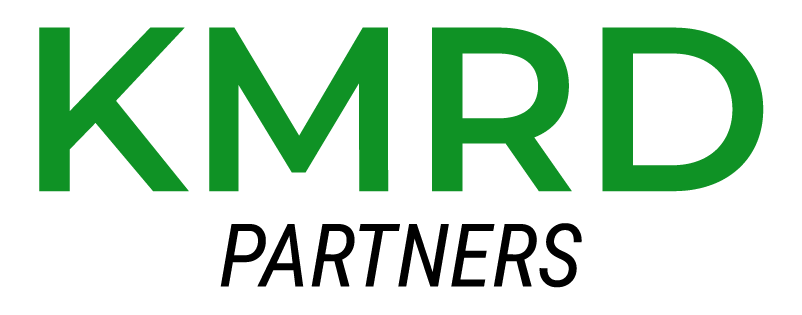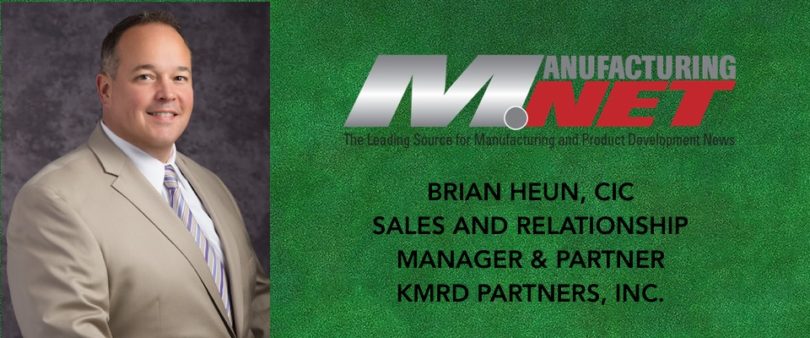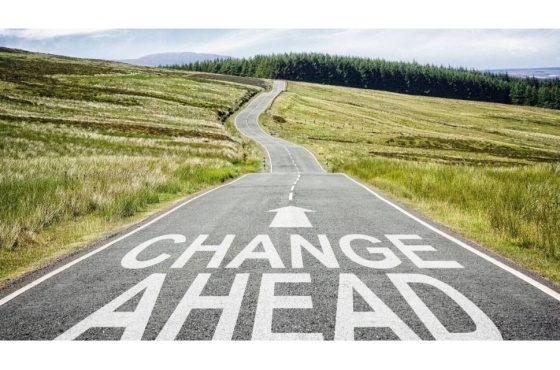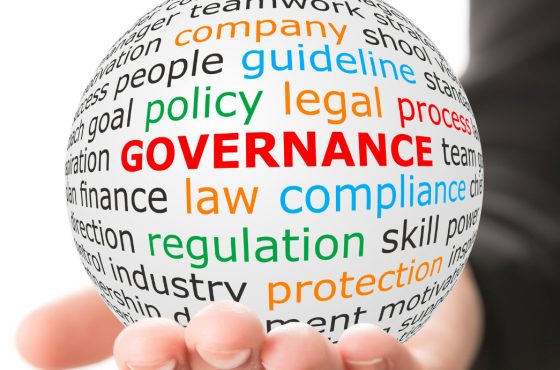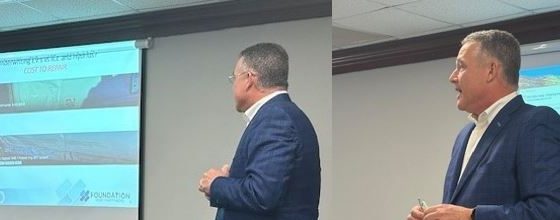Coming to Terms With Pollution-Related Exposures – Brian Heun KMRD Partners
Oil and chemical companies aren’t the only ones with potential exposure to pollution-related incidents. To understand your company’s need for pollution liability insurance coverage, I have listed ten situations below to help you self-identify potential pollution-related exposures.
Before reviewing these situations, though, I have outlined a five-step program to help companies identify and remediate business hazards.
Step 1: Identify business hazards
To properly identify business hazards you must first understand the difference between a “risk”’ and a “hazard.” While a risk is the likelihood potential harm will be realized, a hazard is something with the actual potential to cause physical harm such as a wet floor or a shelf that hasn’t been properly secured.
An organization can identify hazards in a number of ways. These include, but are not limited to:
- Taking a walk around your workplace to identify trouble spots
- Asking your employees to list hazards through face-to-face meetings, or through anonymous suggestion boxes
- Staff workshops
- Discussions with peers at professional association meetings and conferences
- Familiarizing yourself with key links in your supply chain
- Reading trade publications
- Hiring a professional risk expert
Step 2: Decide who might be harmed by these hazards and how
After identifying hazards at your workplace, the next step is to understand whom they might harm. This can include employees working in the warehouse, clients visiting your office, staff who drive while on company business and clients for whom you serve as a supply chain link.
Step 3: Evaluate the risks and choose control measures
After identifying hazards, the next step is to determine how to protect all those who are at risk of being harmed. One obvious action is to remove hazards which can be reasonably eliminated. When a hazard cannot be entirely eliminated, take steps to prevent injury by posting signs, stringing warning tape or taking similar actions. Of course, every effort must be taken to prevent any occurrence of injury.
Step 4: Make a physical record of your findings
Record your findings and share them with affected members of your organization when it is appropriate. By recording an account of how you plan to either eliminate hazards or reduce the risk of their occurrence, you will have a physical record that you have identified the hazards, decided who could be harmed and how, and also executed a plan to eliminate or mitigate hazards.
Step 5: Formalize a process by which you periodically review and update your assessment
Change is constant. This is true of your physical workplace, environmental factors including climate, the condition of machinery and other equipment, new or improved technology, employee skill level and experience, supply chains and clients. This even includes the products you sell — each time you add or even modify a product, a fresh risk can be added to your business. Certain risks, such as cyber risk, didn’t even exist a short while ago. Consequently, a process must be in place by which you review and update your risk assessment on an ongoing basis.
Uninsured Pollution Exposures
While oil and chemical companies are typically forward thinking when it comes to pollution exposures, many other types of companies unknowingly have uninsured pollution exposures. What’s more, it is possible there are literally thousands of companies exposed and unaware of the significant financial risks they face.
While it is impossible for a risk analyst to know if your company is at risk without reading your liability insurance policy, I have listed ten situations to help you self-identify potential pollution-related exposures.
- Your air compressor fails and the operating hydraulic fluid leaks, contaminating your property and/or causing bodily injury to a third party.
- Your ammonia refrigeration system leaks causing a disruption of your operations or those of a third party facility, causing a shutdown.
- A facility adjacent to your plant has a chemical leak causing your company to shut down for several weeks until the EPA deems it safe for employees to return to work.
- Your product is ingested causing a bodily injury or hypersensitivity allegation.
- Your product “contaminates” another’s product or another’s manufacturing equipment.
- Your process wastewater runs into a nearby stream.
- A fire at your facility creates smoke and a terrible odor causing the surrounding residential neighborhood to allege impairment and filing multiple lawsuits against you.
- Dust from your cyclonic collecting tower is released; causing alleged bodily injury to a third party as well as extensive damage to your property. The EPA also mandates you cease operations during the cleanup process, which severely disrupts your revenue stream.
- Your facility fields complaints of mold or Legionella which leads to lawsuits alleging bodily injury, the shutdown of the facility, and lost profits, rents and reputation.
- Paint, or some other type of liquid substance (pollutant), runs off your facility into a nearby drain or stream.
Does anything else come to mind? If the answer is “yes” or “maybe”, it is possible your existing general liability insurance won’t completely cover the exposure. And if you’re not fully covered, then it is likely you are in for a nasty surprise.
Source: Manufacturing.Net
Brian Heun is the Sales and Relationship Manager and a Partner at KMRD Partners, Inc., a nationally recognized risk and human capital management consulting and insurance brokerage firm located in the Philadelphia region serving clients worldwide. Brian can be contacted at bheun@kmrdpartners.com
